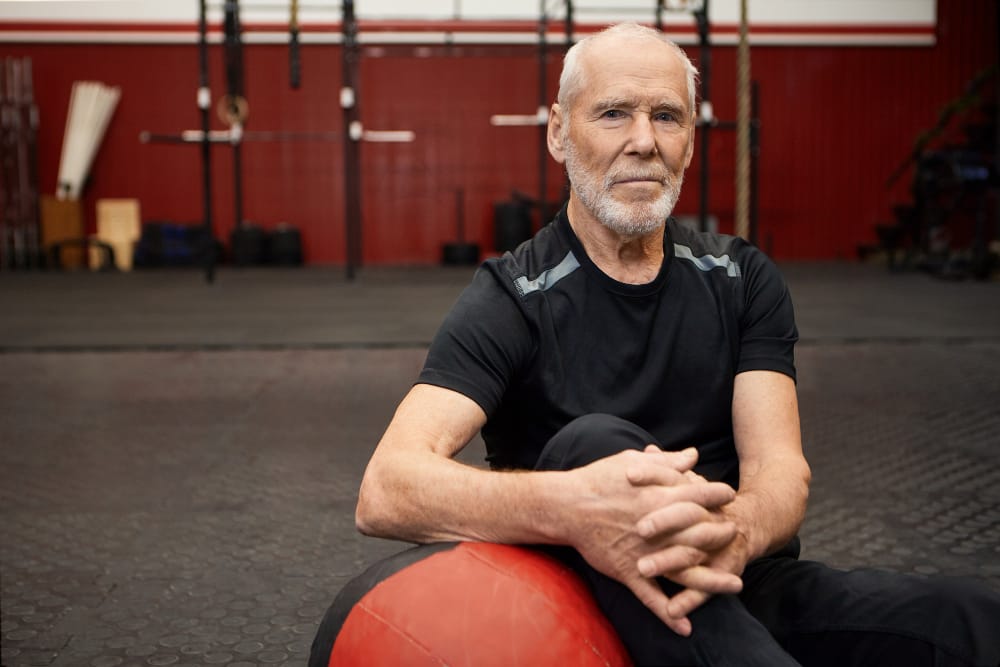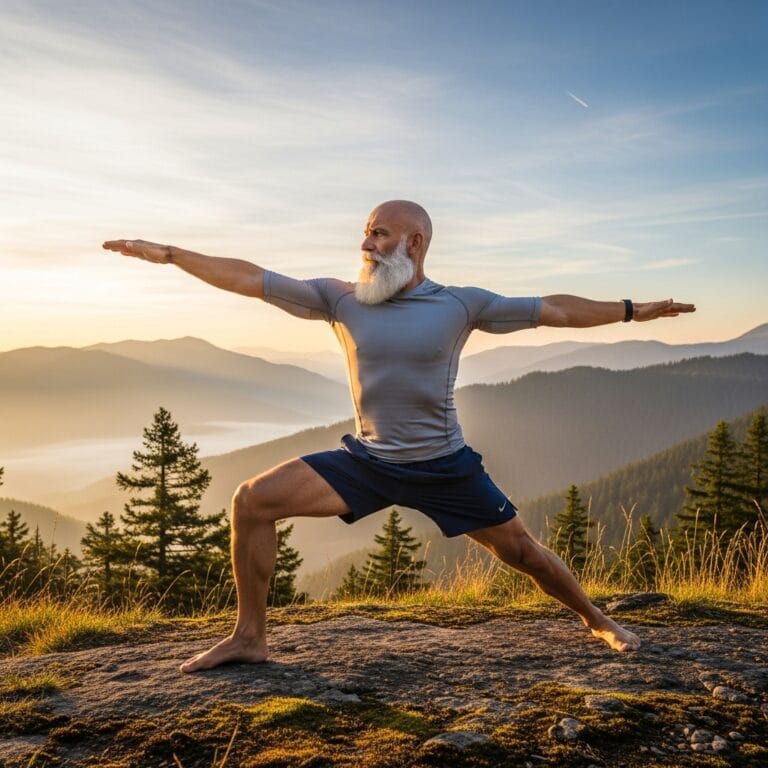FREE SHIPPING OVER $50
10 Exercises You Must Avoid After 60 (Number 7 Will Surprise You!)
Staying active after 60 is one of the best things you can do for your health, but not all exercises are created equal. As we age, our bodies change, and certain movements can do more harm than good. Whether you’re a fitness enthusiast or just starting out, it’s important to know which exercises to avoid to prevent injuries and stay safe. In this article, we’ll reveal 10 exercises you should steer clear of after 60, including one surprising move that might shock you. Ready to protect your body and stay fit? Let’s dive in.
Why Exercise Choices Matter After 60

Exercise is crucial for maintaining strength, mobility, and overall health as we age. However, some exercises can put unnecessary strain on your joints, muscles, and bones, increasing the risk of injury. Here’s why it’s important to choose your workouts wisely:
- Joint Health: High-impact or repetitive movements can wear down cartilage and lead to arthritis.
- Bone Density: Osteoporosis becomes more common with age, making certain exercises risky.
- Balance and Stability: Poor balance increases the risk of falls, which can have serious consequences.
By avoiding risky exercises and focusing on safer alternatives, you can stay active and healthy without compromising your well-being.
10 Exercises to Avoid After 60
Here’s a list of exercises that could do more harm than good after 60, along with safer alternatives to keep you moving safely.
1. Heavy Weightlifting
- Why to avoid: Lifting extremely heavy weights can strain your joints, tendons, and muscles, especially if your form isn’t perfect.
- Safer alternative: Opt for lighter weights with higher repetitions or use resistance bands for strength training.
2. High-Impact Cardio (e.g., Running)
- Why to avoid: Running and other high-impact activities can stress your knees, hips, and ankles, leading to joint pain or injury.
- Safer alternative: Try low-impact cardio like walking, swimming, or cycling to protect your joints.
3. Sit-Ups and Crunches
- Why to avoid: These exercises can strain your neck and lower back, especially if you have weak core muscles or spinal issues.
- Safer alternative: Focus on planks or bird-dogs to strengthen your core without risking injury.
4. Deep Squats
- Why to avoid: Deep squats can put excessive pressure on your knees and lower back, increasing the risk of injury.
- Safer alternative: Perform partial squats or use a chair for support to maintain proper form.
5. Overhead Shoulder Press
- Why to avoid: Lifting weights overhead can strain your shoulders and neck, especially if you have limited mobility or rotator cuff issues.
- Safer alternative: Try lateral raises or front raises with lighter weights to strengthen your shoulders safely.
6. Leg Press Machine
- Why to avoid: The leg press machine can put excessive strain on your knees and lower back, especially if you use heavy weights.
- Safer alternative: Focus on bodyweight exercises like step-ups or lunges to build leg strength.
7. Burpees
- Why to avoid: Burpees are a high-intensity, full-body exercise that can be too demanding for older adults, increasing the risk of falls or joint pain.
- Safer alternative: Try modified burpees without the jump or opt for low-impact cardio like brisk walking.
8. Upright Rows
- Why to avoid: Upright rows can compress the nerves in your shoulders, leading to pain or injury over time.
- Safer alternative: Use lateral raises or front raises to target your shoulders without risking nerve compression.
9. Behind-the-Neck Lat Pulldowns
- Why to avoid: This exercise can strain your neck and shoulders, especially if you have limited mobility or rotator cuff issues.
- Safer alternative: Perform lat pulldowns in front of your head to reduce strain on your neck and shoulders.
10. Standing Toe Touches
- Why to avoid: Bending over to touch your toes can strain your lower back and hamstrings, especially if you have tight muscles or spinal issues.
- Safer alternative: Try seated hamstring stretches or use a yoga strap to improve flexibility safely.
How to Stay Active Safely After 60
Avoiding risky exercises doesn’t mean you have to stop moving. Here are some tips to stay active and healthy:
- Focus on Low-Impact Activities: Choose exercises like swimming, yoga, or walking to protect your joints.
- Prioritize Strength Training: Use lighter weights or resistance bands to maintain muscle mass and bone density.
- Improve Balance: Incorporate balance exercises like single-leg stands or tai chi to reduce the risk of falls.
- Listen to Your Body: If an exercise causes pain or discomfort, stop immediately and consult a professional.
- Warm Up and Cool Down: Always start with a warm-up and end with a cool-down to prevent injuries.
The Science Behind Exercise and Aging
Still not convinced? Let’s look at the science:
- Joint Health: Low-impact exercises reduce wear and tear on cartilage, protecting your joints as you age.
- Bone Density: Weight-bearing exercises like walking or light strength training can help maintain bone density and reduce the risk of osteoporosis.
- Balance and Stability: Balance exercises improve coordination and reduce the risk of falls, which are a leading cause of injury in older adults.
Common Mistakes to Avoid
Even with the best intentions, it’s easy to make mistakes when exercising after 60. Here’s what to watch out for:
- Pushing Too Hard: Overexertion can lead to injuries. Focus on gradual progress rather than intensity.
- Ignoring Pain: Pain is your body’s way of signaling that something’s wrong. Don’t ignore it.
- Skipping Warm-Ups: Cold muscles are more prone to injury. Always warm up before exercising.
- Neglecting Recovery: Rest and recovery are essential for muscle repair and overall health.
Stay Active, Stay Safe
Exercise is a powerful tool for maintaining health and vitality after 60, but it’s important to choose the right activities. By avoiding these 10 risky exercises and focusing on safer alternatives, you can stay active, strong, and injury-free. Remember, it’s never too late to prioritize your health and well-being.



